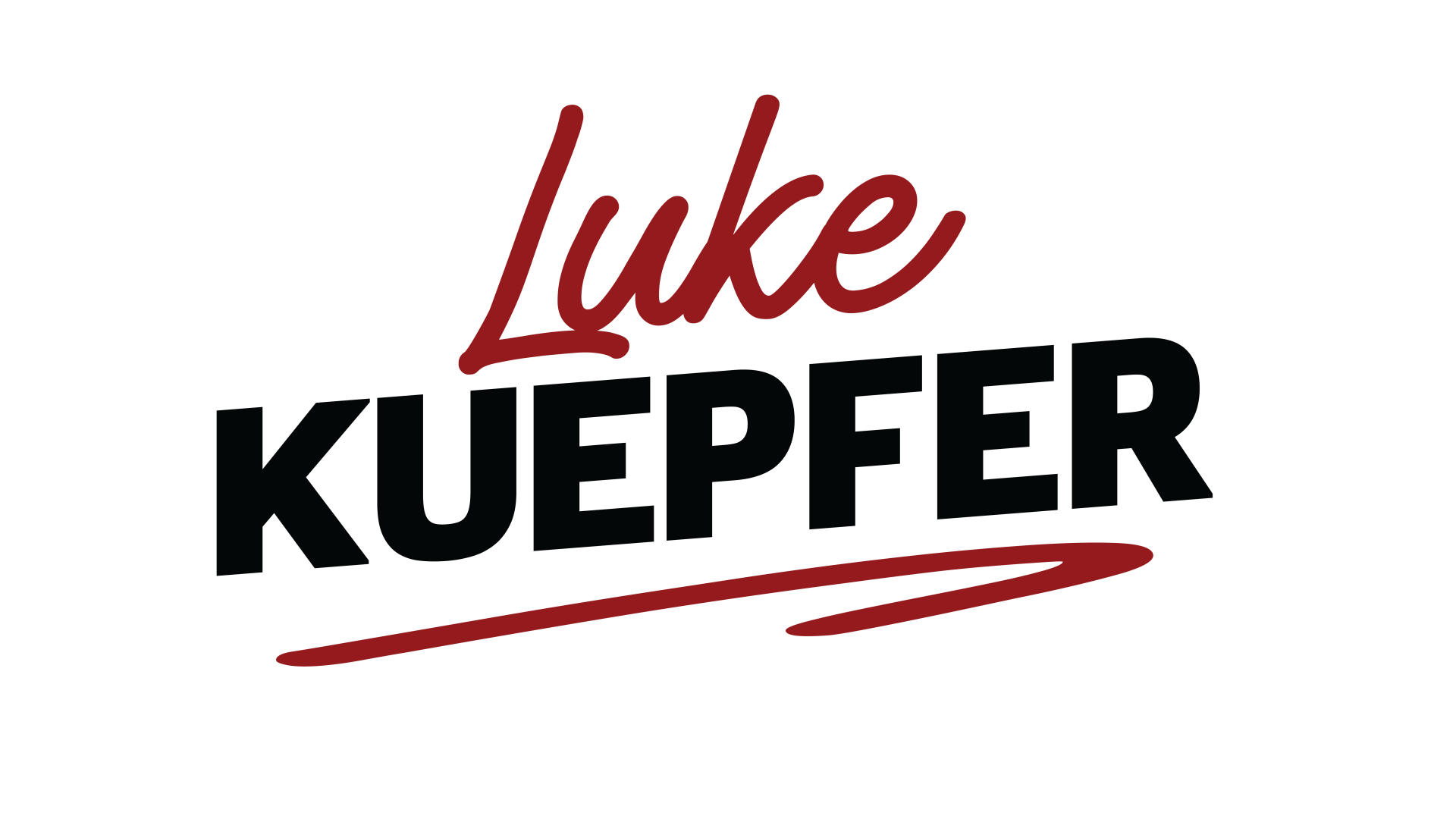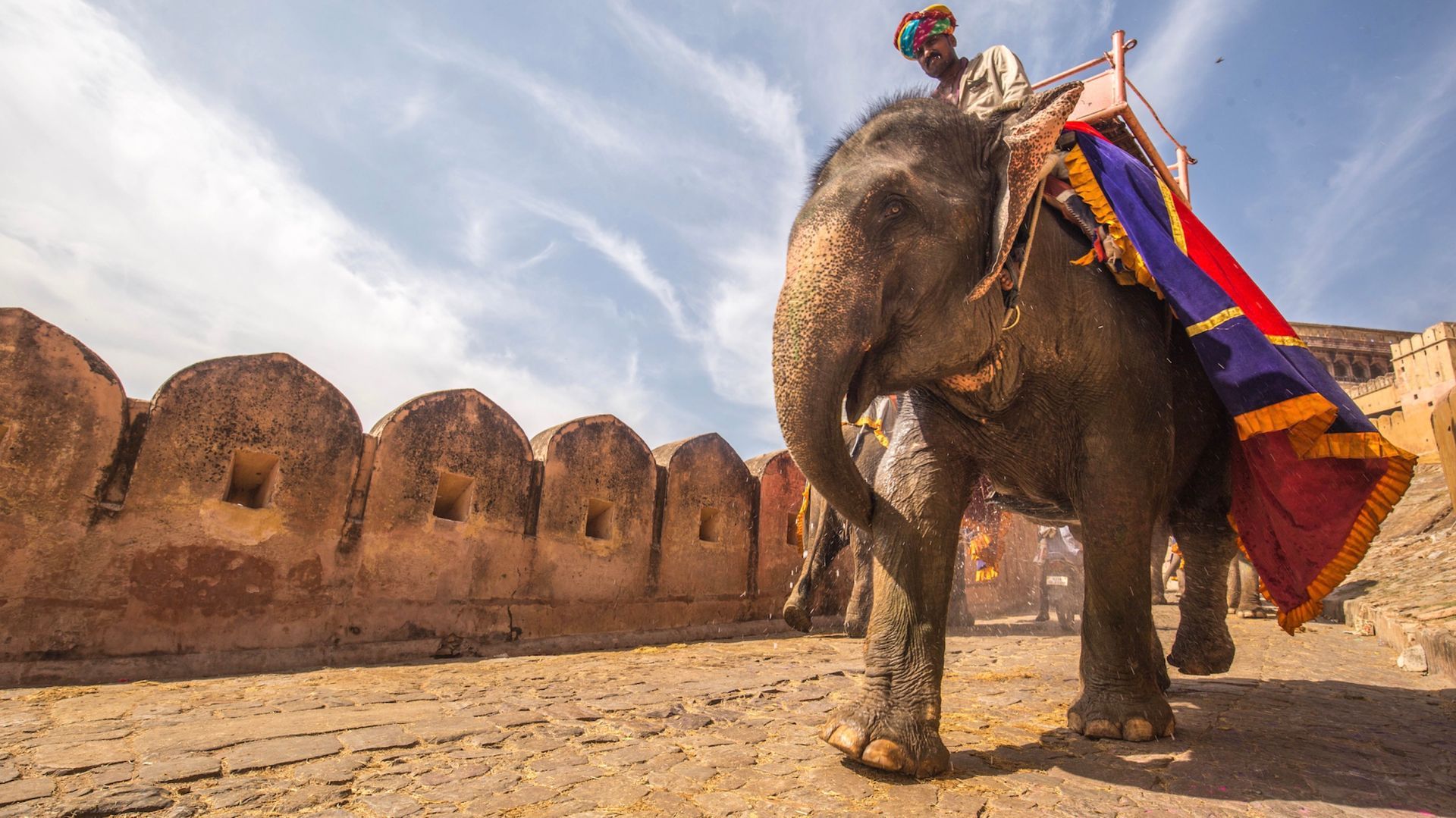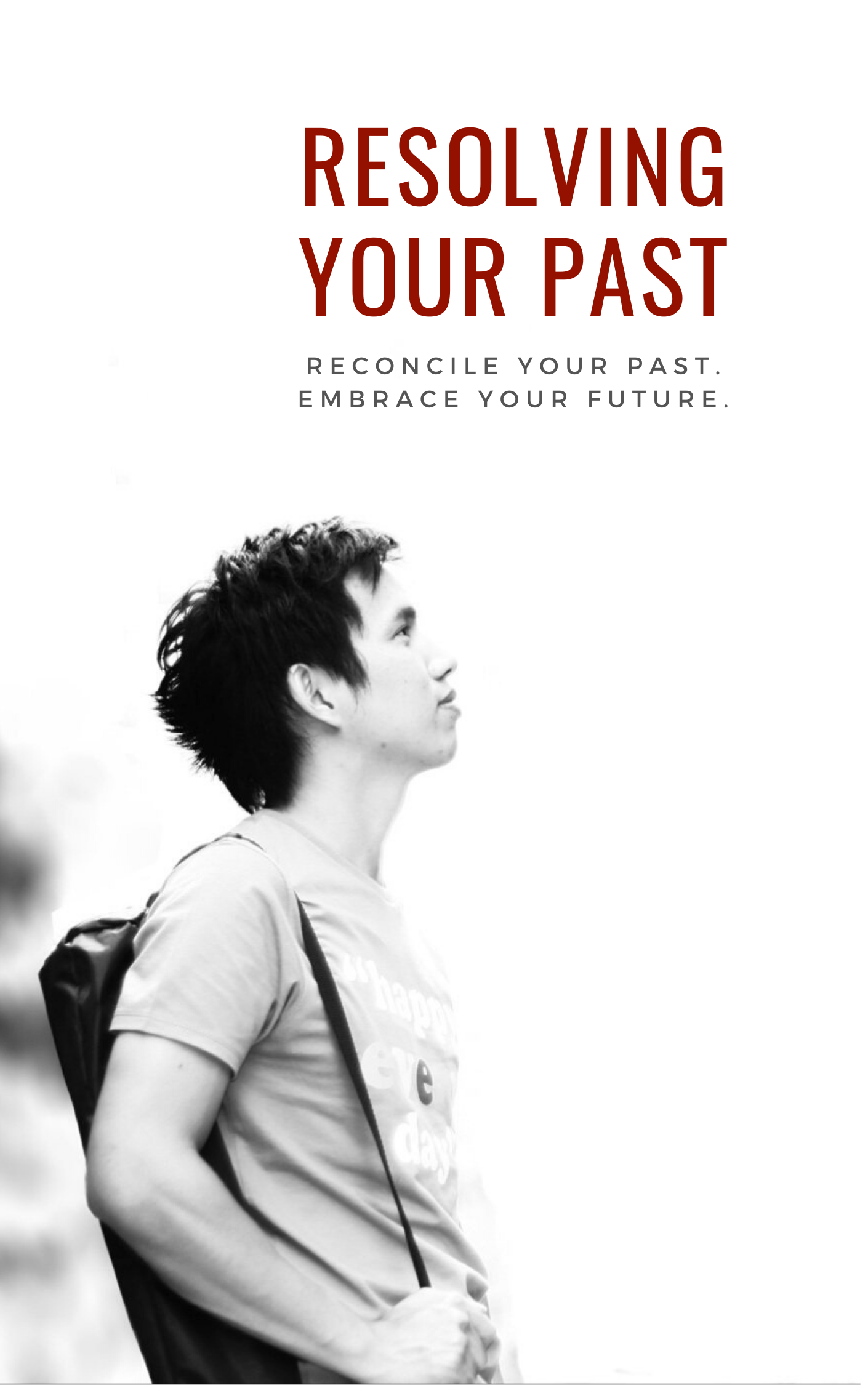Four Levels of Change
The first level of knowledge is the easiest to accomplish; you simply provide new information to replace the old. Someone gets new or better data that causes them to embrace the change.
The second level of attitude is slightly more complicated since emotions are involved. Brothers Chip and Dan Heath in their book, Switch, describe the tension between these two first levels of change using the analogy of a rider on an elephant walking down a path toward change. The rider represents the knowledge or rational side of change whereas the elephant is the emotional dynamics connected to that change. The rider needs direction whereas the elephant needs motivation. The path is the situation or environment in which the change takes place. So the rational rider driven by knowledge must motivate the elephant—or one’s emotions—to go down the proper pathway. People’s resistance to change--often driven by emotion--can be overcome by providing clarity to the issue, fueling emotions with hope and reassurance, and tweaking the environment.
The third level of change has to do with behavior. Aligning the right knowledge with a consistent attitude over time causes behaviors to change and habits to form. Blaine Lee writes that “if you can create new habits, over time they will create a new you.” Repeat something over and over again and you form a habit; form enough good habits and you’ll create a new and improved you.
The fourth and most difficult level is that of organizational change since “you are attempting to influence the knowledge, attitudes, and behaviors of multiple people.” Getting everyone moving in the right direction begins with knowledge, focuses on individuals' attitudes and behaviors, and capitalizes on a shared vision that unites the group.















